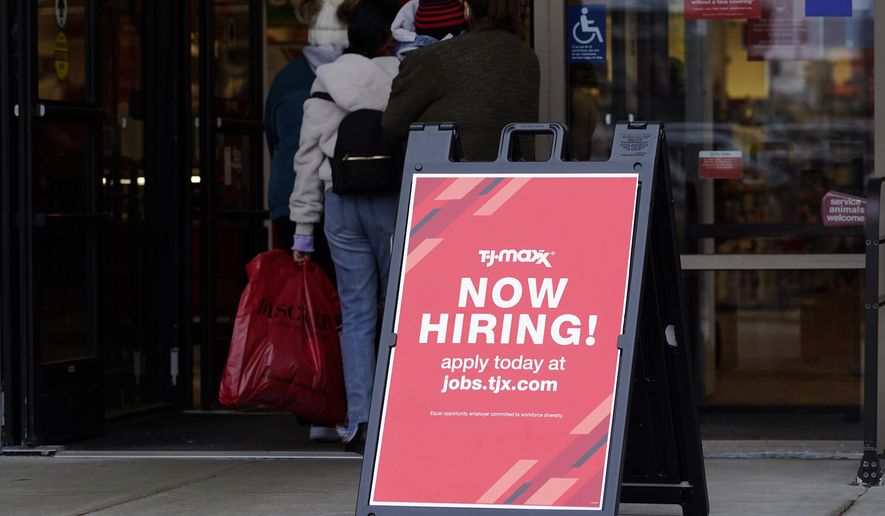Half of U.S. workers responding to a recent Gallup survey now consider themselves “quiet quitters” — employees who do the minimum necessary to keep their jobs.
The percentage of disengaged workers has risen steadily since 2019, according to Gallup.
Experts attribute the spike to large numbers of managers quitting during the pandemic, a struggling job market and the unhappiness of young people with remote work.
“Life changed dramatically with COVID, and now, as employees are returning to the physical workspace, they are having to learn how to reengage socially, while having the stress of paying more for clothes, gas and food,” said Karen S. Elliott, a labor and employment attorney at Richmond, Virginia-based Eckert Seamans.
The concept of quiet quitting is also known as “working your wage” or “phoning it in.” Some analysts call it the “80-20 rule,” where 20% of employees do 80% of the work.
According to economists, it’s an old trend in the labor market — but one that was poised for a surge as more Americans sought better work-life balance even before the pandemic.
James E. Hartley, an economics professor at Mount Holyoke College, says author Herman Melville wrote about it in his 1853 short story “Bartleby the Scrivner.”
“There is nothing new about the phenomenon,” Mr. Hartley said. “Bartleby ‘quiet quits’ by responding ’I prefer not to’ any time he is asked to do anything at his job. He never formally quits or leaves the office; he just stops doing work.”
More recently, cartoonist Scott Adams satirized the attitude in a 1990s Dilbert comic strip that depicted office slob Wally taking an “in-cubicle sabbatical.”
When the titular Dilbert asks him how long he has been doing this, Wally replies, “Two years. You’re the first person to notice.”
Sean Higgins, a research associate at the libertarian Competitive Enterprise Institute, says today’s quiet quitters don’t even share Wally’s concern to “look busy” when the boss is around.
“With so many more people working remotely now and therefore not being watched by management, they feel more freedom to put work aside when they feel like it,” Mr. Higgins said. “If you’re working from home, you feel less attached to your job, so why work as hard?”
Daniel Lacalle, a professor of global economics at IE Business School in Spain, says the fact that the labor participation rate remains one percentage point below its February 2020 level confirms the decline in motivation.
Although unemployment stayed low at 3.7% last month, the economist pointed out Americans are still experiencing negative real wage growth.
“Also, private wealth is falling with equity and bond markets,” Mr. Lacalle said in an email.
Industry experts believe companies that rely on remote and hybrid work will experience the trend longer than others.
“Remote working means distractions at home, lack of subtle but important nonverbal clues and a depressing absence of interpersonal relationships,” said business consultant Hans Dau, CEO of the Mitchell Madison Group. “The image of the information worker with a laptop on the beach may not be so desirable after all.”
It falls to managers to figure out how to motivate their employees again, the experts say.
Jeff Safenowitz, CEO of the dog-grooming company Barkbus, says bosses could use pet-friendly policies to make offices more appealing.
In a survey last month, Barkbus found that 86% of employers said they looked forward to working more and 50% said they made new friends when they brought their pets to work.
“Pets promote productivity,” Mr. Safenowitz said.
Meagan E. Brock Baskin, an associate professor of management at Florida Gulf Coast University, says workers will need time to reengage.
“Specifically, the pandemic triggered a shattering of assumptions about the way the world works and how life should be lived,” Ms. Brock Baskin said. “When something shatters, we have to put it back together, and employees all over the world are putting their lives and priorities back together in different ways.”
• Sean Salai can be reached at ssalai@washingtontimes.com.




Please read our comment policy before commenting.